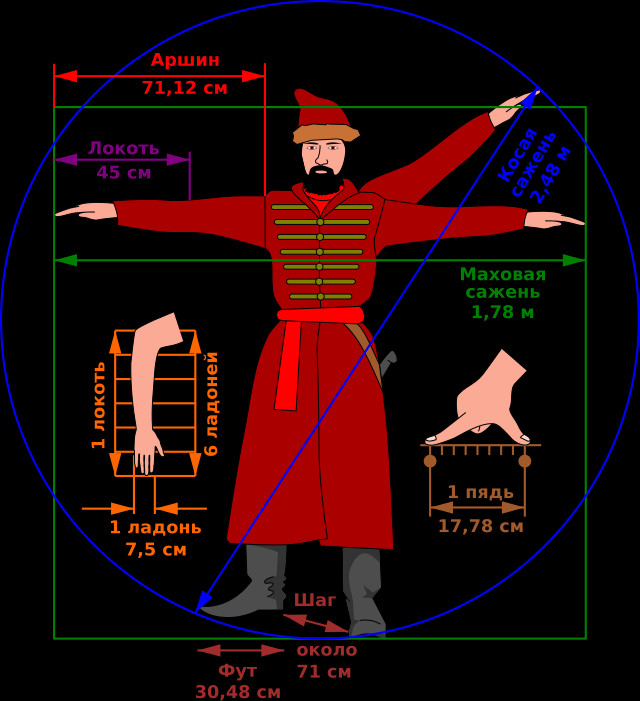 So, you work many days (and sometimes nights), weaving a tapestry. You have spent time developing the design and selecting the weft yarns. You have played around with different sets and sampled sections to see how it works. And now it is finished, how would you instinctively record the dimensions? My inclination has always been to give the longest measurement first. This means height by width if it is in portrait mode, or width by height if it is in landscape orientation, but I am not consistent in this - and does it need to be? Is there a standard way of describing the dimensions of things?
So, you work many days (and sometimes nights), weaving a tapestry. You have spent time developing the design and selecting the weft yarns. You have played around with different sets and sampled sections to see how it works. And now it is finished, how would you instinctively record the dimensions? My inclination has always been to give the longest measurement first. This means height by width if it is in portrait mode, or width by height if it is in landscape orientation, but I am not consistent in this - and does it need to be? Is there a standard way of describing the dimensions of things?
Well, it seems that the world is unevenly divided on the correct way to describe the size of things. Width by height is a widely accepted standard in many areas: the graphics industry for instance, as well as the building industry (doors, windows and sheets of wood). Box makers always put the width before the height (with the length as the first dimension). When we look at paper sizes these are always shown as width by height – because they are always in portrait mode. Blueprints present dimensions in this way as well. In mathematics, it is always rows first and then columns. In the digital environment width by height is the established format and this can be seen in monitor screen descriptions and in internet imagery definitions. Even picture frames seem to be described by width first and then height.
There are other areas that are less consistent, such as home furnishings, but even though there are variations the dominant format is width by height.
So, it is rather strange that the only area that consistently uses height by width as a standard is the art industry - and that in relation to finished artworks only.
Does this apply to tapestry art? Well, a quick survey shows that the V&A list all their tapestries by height and then width as does the American Tapestry Alliance in their catalogues although their website has a complete mix. A review of 20+ tapestry weaving books, both instructional and appreciative, shows that height by width is the dominant format – exceptions would be Kirsten Glasbrook’s Tapestry Weaving, and generally, but not always Mette Lise Rossing, The Thread’s Course in Tapestry. The BTG website and catalogues are generally width by height but with exceptions.
So how do we answer the question of width by height or height by width when describing a woven tapestry? What do you think is the best way? And why? Does it need to be standardised? Could it be the choice of the weaver so long as it is clear which dimension is the width and which is the height? Share your thoughts by adding a comment.



Add your comment